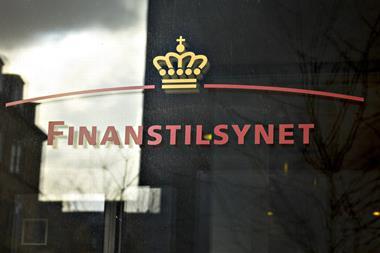The European occupational pensions sector remains resilient, although sensitive to monetary policy developments, the European Insurance and Occupational Pensions Authority (EIOPA) said in its latest financial stability report.
It said that in response to inflation movements and the banking sector turmoil in the beginning of 2023, pension funds have been prioritising liquidity to hedge interest rate derivative mismatches.
Market developments in 2023 had been mainly positive for the balance sheets of Institutions for Occupational Retirement Provision (IORPs), with a growth in fixed income assets and equities.
On the other side of the balance sheet, the liabilities of IORPs also increased depending to a substantial extent on the type of pension scheme and the valuation method used.
As the increase in the value of liabilities exceeded the increase in the value of assets, the financial position of IORPs in the European Economic Area (EEA) slightly deteriorated, although the slight decline in the funding ratio (120 % to 119%) was mainly the result of the financial developments in the dominant Dutch IORP sector.
When removing the Dutch figures related to excess of assets and liabilities, the remaining IORP sectors in the EEA showed a slight improvement in the funding ratio.
EIOPA also said that concerns persist about pension savings gaps, particularly among women. The Authority has been advocating for national pension tracking systems and proposes enhanced data analysis on pension fund investments to address emerging risks and data gaps.
According to EIOPA, at the end of 2022, more than 11 million beneficiaries received payments from IORPs, with 47.0% of them in defined benefit pension schemes and 16.9% in defined contribution pension schemes.



















No comments yet